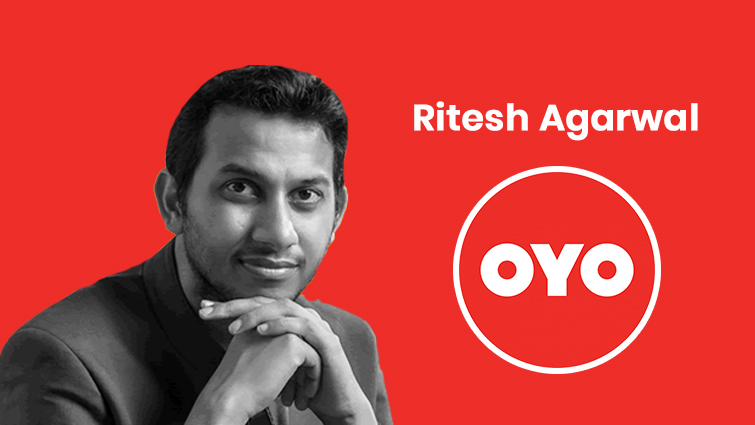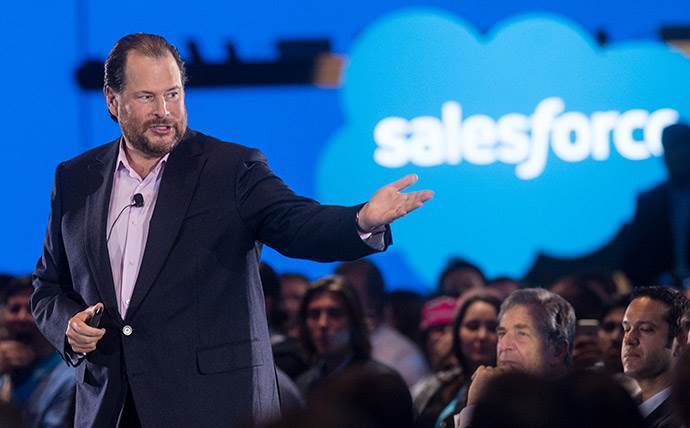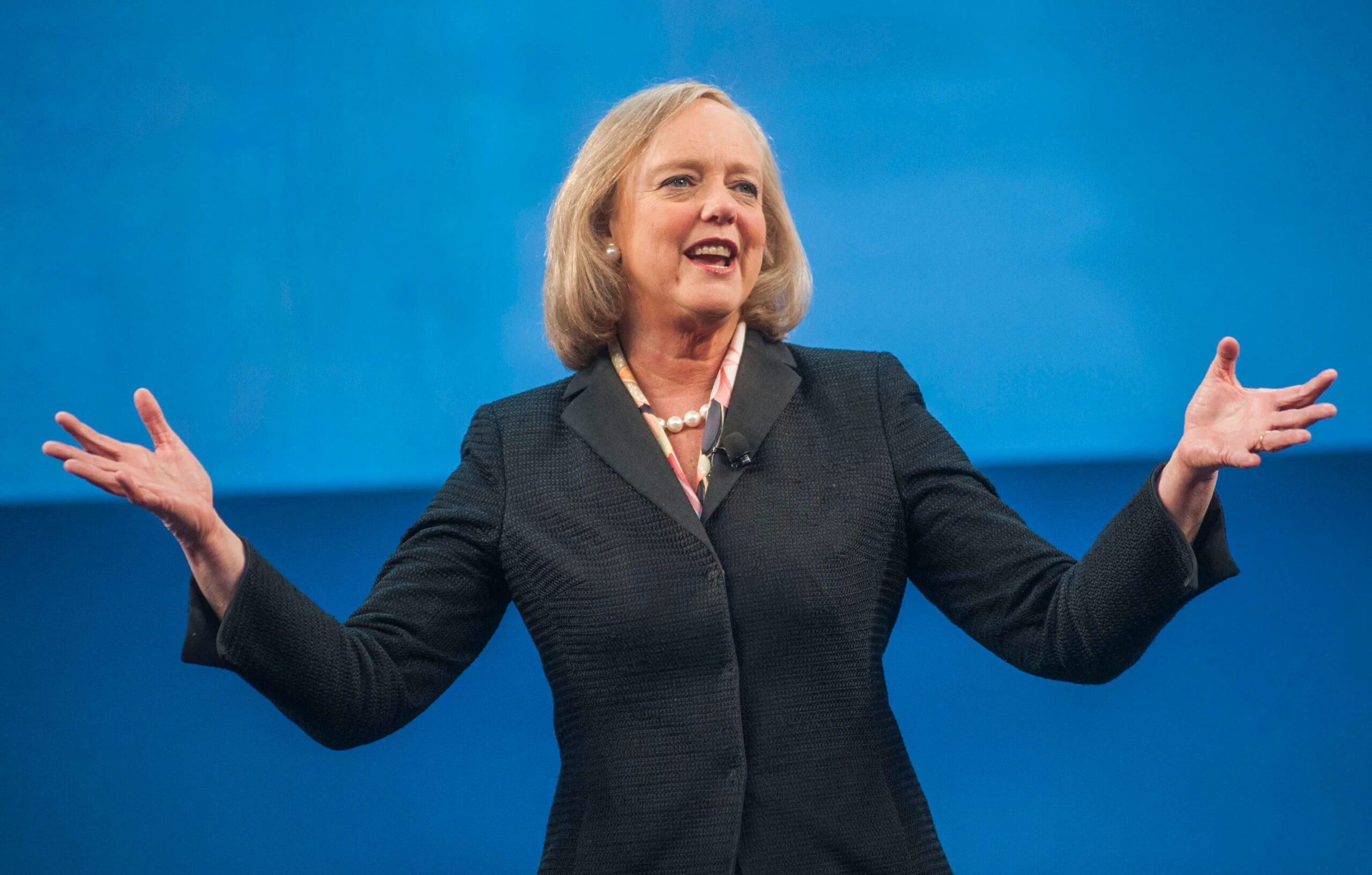Ritesh Agarwal and OYO: The Journey from Startup to Industry Leader
OYO Rooms, commonly known as OYO, has redefined the budget accommodation sector with a tech-driven approach. The brainchild of Ritesh Agarwal, OYO began its journey in 2013. Ritesh identified a gap in affordable and standardized lodging while traveling across India. His firsthand experiences with inconsistent hotel services and unkempt accommodations led him to launch Oravel Stays in 2012, which later pivoted to OYO Rooms.
Early Life and Ambitions

Image Source: sagartech.co.in
Ritesh Agarwal’s journey to becoming a hospitality titan is both unconventional and inspiring. Born in a small town in Odisha, India, Ritesh’s beginnings were modest, with his family running a simple shop. He attended Sacred Heart School in his hometown but harbored dreams much larger than his surroundings. His aspirations led him to Kota, Rajasthan, known for its rigorous coaching classes for engineering aspirants. However, his true calling lay outside the traditional education path.
Ritesh moved to Delhi and enrolled in college, but soon realized that his passion lay in startups and entrepreneurship. To make ends meet, he sold SIM cards, an experience that taught him resilience and the importance of self-reliance. This period was crucial, as it also saw him self-learning software development, skills that would be instrumental in his entrepreneurial journey.
The Birth of Oravel Stays
The turning point came in 2012 when Ritesh founded Oravel Stays, aiming to make budget stays accessible to everyone. This concept caught the attention of Venture Nursery, an accelerator program that invested in his vision and provided the initial capital to kickstart his dream. Ritesh’s ambitions soared when he became the first Indian to win the Thiel Fellowship, a program offering young entrepreneurs $100,000 to drop out of college and pursue their business ideas.
The Launch of OYO Rooms
Using the fellowship grant, Ritesh launched OYO Rooms in 2013. This platform would revolutionize budget accommodation in India and beyond. OYO’s business model was unique and scalable, initially functioning as an aggregator of budget hotels before evolving into a full-fledged franchise. It leveraged technology to standardize services, ensuring uniformity in room quality, amenities, and customer service across all its partner hotels.
OYO’s meteoric rise can be attributed to aggressive expansion and strategic funding. Starting with a single hotel in Gurgaon, OYO expanded rapidly across India and then ventured into international markets, including China, the US, Europe, and Southeast Asia. This global footprint was supported by substantial funding rounds from prominent investors like SoftBank, Sequoia Capital, and Lightspeed Venture Partners. By 2019, OYO had become the world’s third-largest hotel chain by room count.
Challenges and Controversies
Despite its rapid growth, OYO has faced several challenges and controversies. Issues related to quality control, customer service, and strained relationships with hotel partners have periodically surfaced. The company has also faced legal battles and regulatory hurdles in various markets. The COVID-19 pandemic posed another significant setback, severely impacting the hospitality industry and forcing OYO to restructure its operations and workforce.
The Legacy of Ritesh Agarwal
Ritesh Agarwal’s journey from selling SIM cards to becoming the youngest self-made billionaire is a testament to dreaming big and working hard. At just 29, his net worth soared to Rs. 16,000 crore ($2.1 billion), and OYO, the startup he founded, reached a valuation of Rs. 74,000 crore. His story underscores that with persistence, creativity, and a willingness to learn, it’s possible to turn humble beginnings into global success stories. Ritesh’s life teaches us that success comes from not just having a vision, but from the courage to pursue it against all odds, making him a true inspiration to aspiring entrepreneurs worldwide.

I am a law graduate from NLU Lucknow. I have a flair for creative writing and hence in my free time work as a freelance content writer.








